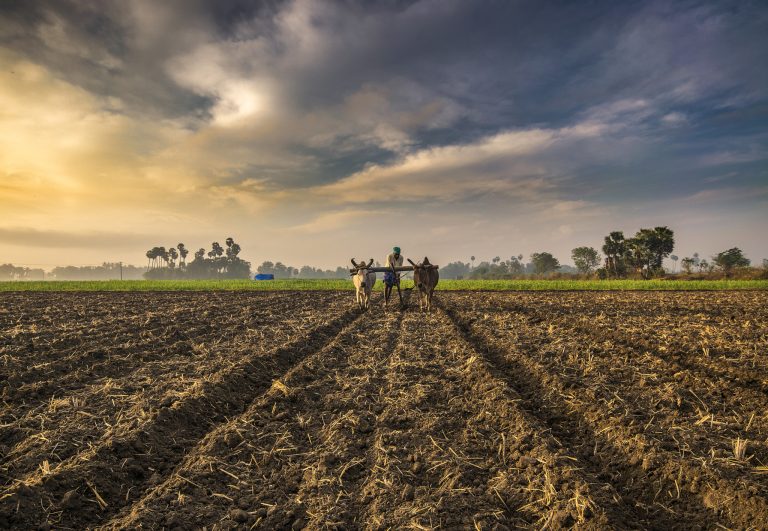Indian agriculture has undergone a significant transformation over the years, with the Green Revolution standing out as a pivotal moment. This article explores the specific changes and innovations brought about by the Green Revolution in Indian farming practices, revolutionizing food production and ensuring food security.

Source: https://commons.wikimedia.org / Ramkumar Radhakrishnan
The Green Revolution’s Genesis:
The Green Revolution, a period of rapid agricultural development, began in India in the 1960s and 1970s. It was initiated with the aim of increasing agricultural productivity and addressing food scarcity.
High-Yielding Varieties (HYVs):
One of the hallmark achievements of the Green Revolution was the introduction of high-yielding varieties (HYVs) of crops such as wheat and rice. These new varieties produced significantly higher yields compared to traditional crops, helping India achieve self-sufficiency in food production.
Improved Irrigation:
The Green Revolution brought about a shift towards modern irrigation techniques, such as the use of tube wells and pumps, to ensure consistent water supply for crops. This led to increased agricultural productivity and reduced dependence on monsoon rains.
Fertilizer and Pesticide Use:
Farmers began adopting chemical fertilizers and pesticides on a larger scale to enhance crop yields and protect crops from pests and diseases. This shift in agricultural practices contributed to increased productivity.
Mechanization:
The Green Revolution also encouraged the mechanization of agriculture. Tractors and other farm machinery were introduced, reducing the labor intensity of farming and increasing efficiency.
Infrastructure Development:
Infrastructure development, including the construction of rural roads and storage facilities, facilitated the transportation and preservation of agricultural produce, reducing post-harvest losses.
Crop Diversification:
The Green Revolution led to a diversification of crops. While wheat and rice remained staple crops, farmers also started cultivating cash crops like cotton and oilseeds, contributing to economic growth.
Challenges and Environmental Impact:
While the Green Revolution had undeniable benefits in terms of food security and economic growth, it also posed challenges. Excessive use of chemical fertilizers and pesticides led to environmental concerns, including soil degradation and water pollution.
Sustainability Efforts:
In recent years, efforts have been made to promote sustainable farming practices. Initiatives like organic farming, integrated pest management, and sustainable water management aim to balance agricultural productivity with environmental conservation.
Future Directions:
The future of Indian agriculture lies in striking a balance between increasing productivity to meet the demands of a growing population while ensuring sustainability and minimizing environmental impact.
The Green Revolution transformed Indian agriculture, turning the country from a food-deficient nation to a food surplus one. While it brought about remarkable changes in farming practices and improved food security, it also highlighted the need for sustainability and environmental conservation. As India continues to evolve its farming methods, the lessons learned from the Green Revolution will play a crucial role in shaping the future of agriculture in the country.

